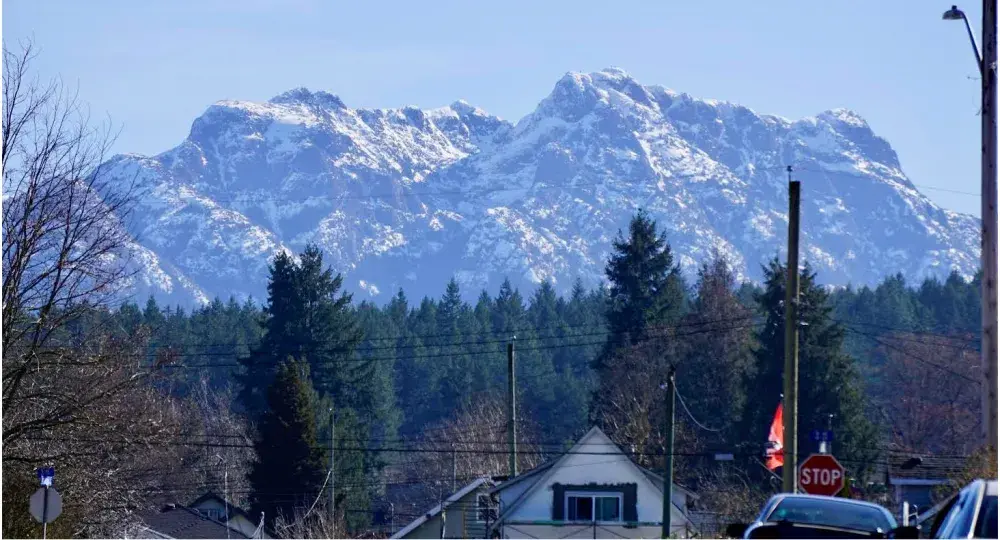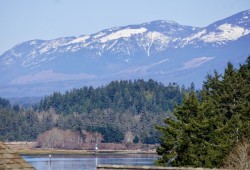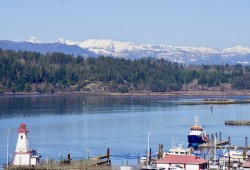The latest snow survey from the River Forecast Centre for March 1 shows Vancouver Island’s snowpack sitting at 46 per cent of normal, up 16 per cent from February.
The province’s average snowpack on March 1 also remained low, averaging 66 per cent of normal across B.C.
Last year, the provincial average was 91 per cent for March 1 and Vancouver Island’s was 77 per cent of normal.
According to the RFC, dry conditions persisted across the province through February until a stormy pattern brought the most significant snowfall of the season in the final week.
“Due to the low snow conditions, below normal spring freshet flood hazard is expected this season,” states the snow survey. “Low snowpack and seasonal runoff forecasts combined with warm seasonal weather forecasts and lingering impacts from on-going drought are creating significantly elevated drought hazards for this upcoming spring and summer.”
There are still four to eight weeks left in the snow accumulation season, which means conditions may change slightly but the RFC predicts current trends in low snowpack will continue.
Vancouver Island and the South Coast saw temperatures go slightly above normal during February, when most other regions in B.C. experienced near normal monthly temperatures. Below normal February precipitation was observed on Vancouver Island, South Coast, Northwest B.C. and Haida Gwaii.
“A dry start to February hindered snow accumulation across the province, but a strong storm cycle late in the month significantly boosted snowpacks in many areas,” states the snow survey. “Most basins continue to see snowpack that is below 80 per cent of normal, with extremely low snowpack persisting in the Upper Fraser East, Central Coast, South Coast, Skagit and Vancouver Island.”
In the South Thompson, East Kootenay, Boundary, Okanagan and Stikine, snowpacks are 80-90 per cent of normal. The only region with normal to above normal snowpack (95-115 per cent) is the Northwest.
Andy Olson, member of Ocean Wise’s salmon advisory panel and CEO of Nuu-chah-nulth Seafood Development Corporation, said the low snowpack levels will impact salmon spawning cycles this season.
“Anytime there’s low snowpacks we tend to run into higher temperatures in the river where fish return to spawn and that can pose a barrier to fish coming into the river, and then their condition deteriorates and spawning success is limited,” Olson said. “It would mean less salmon are able to successfully spawn because of the fact that the water is warmer.”
Olson said the Alberni Valley has experienced low snowpacks and higher temperatures within the last five years in the Somass River.
Olson said this season will likely see similar conditions, but it depends on how quickly the snow melts.
“That’s typically a key driver—the spring weather,” Olson said. “If we have a long, cool, wet spring then that could lessen the impact for sockeye, just because of their run time because they come in May through July. Depending on fall, we may be able to get rain, so it’s not a disaster yet but there’s potential for it.”



